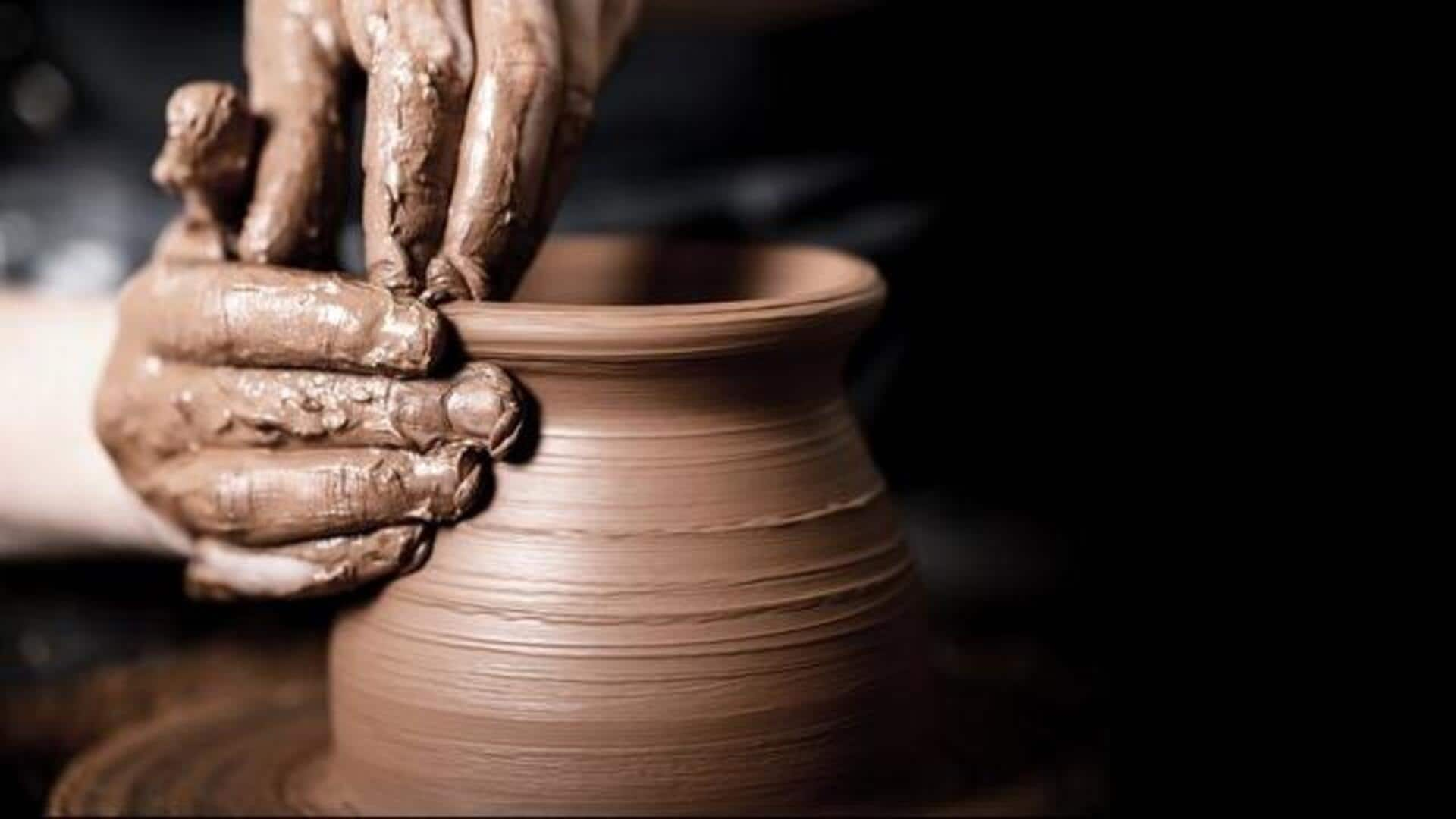
How to make clay pots at home
What's the story
African clay pot making is an ancient craft, deeply rooted in tradition and culture. The process involves shaping clay into functional and decorative items, integral to many African communities. Not only is the craft an artistic expression, but it also serves practical purposes in daily life. Here are some insights into the techniques and significance of African clay pot making.
Tip 1
Selecting the right clay
Choosing the right type of clay is important for successful pot making. The clay should be fine-grained and free from impurities to ensure durability and strength. Different regions have different clay varieties, each offering unique properties suitable for different types of pots. It is important to source local materials to maintain authenticity and support sustainable practices.
Tip 2
Shaping techniques
Shaping is a crucial step in creating African clay pots. Traditional methods often involve hand-rolling or coiling techniques, where long strips of clay are stacked and smoothed into shape. Some artisans also use pinch pots or slab methods for smaller items. Mastering these techniques requires practice but allows for creativity in design.
Tip 3
Drying process importance
Proper drying is essential to prevent cracking during firing. After shaping, pots should be left to air dry slowly under controlled conditions to avoid rapid moisture loss that could lead to defects. This stage may take several days, depending on the size and thickness of the item being created.
Tip 4
Firing techniques used
Firing solidifies the clay by transforming it into ceramic material. Traditional kilns are used, which can reach high temperatures necessary for this transformation. The firing process also affects the color and texture of the finished product, making it an important step in achieving desired aesthetics.
Tip 5
Decorative elements added
Decorative elements play a major role in African clay pots, making them unique and culturally significant. Artisans often add patterns, engravings, or paint, inspired by local traditions and personal creativity. These embellishments not only beautify but also tell stories, making every piece a blend of art and tradition.